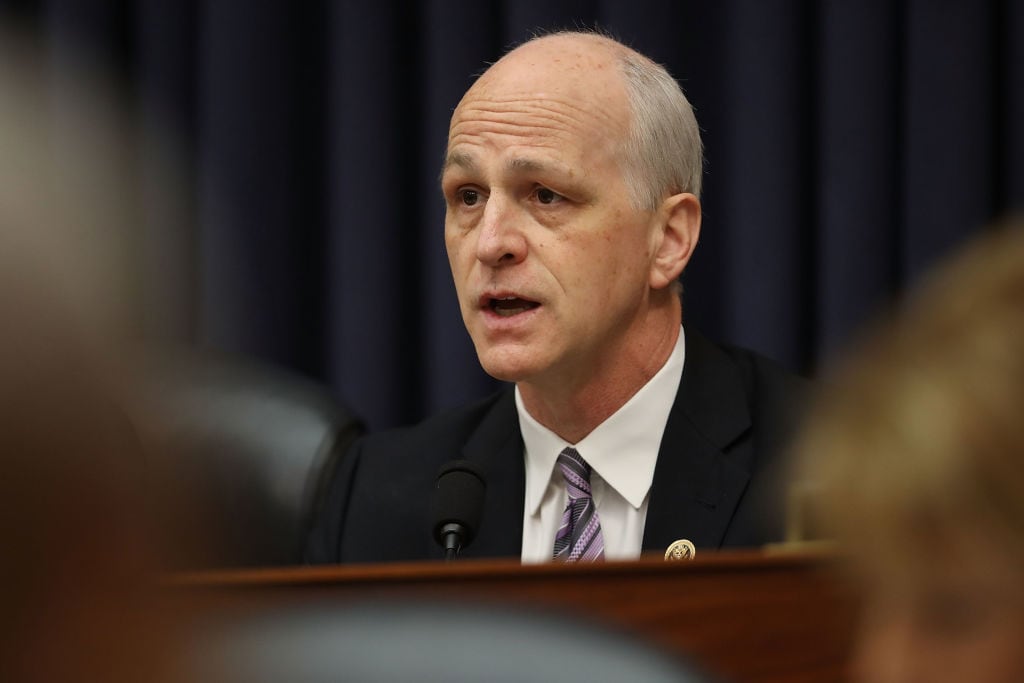WASHINGTON — When Congress delivered a $716 billion defense budget to the Pentagon, defense leaders made it clear it was a welcome boost — but some questioned if the number would be enough to do everything the department foresees as necessary.
Now the ranking Democrat on the House Armed Services Committee — who is poised to take over the HASC should November elections go blue — is warning that tightened belts are on the horizon.
Asked specifically if $716 billion is the right number for defense and whether future budgets will stay at that level, Rep. Adam Smith, D-Wash, said flatly: “No and no.”
“I think the number’s too high, and its certainly not going to be there in the future,” Smith said at the second annual Defense News Conference.
The congressman argued that the debt and deficit situation facing the country requires balancing out how the government is spending, particularly after the Trump administration’s tax cuts made it “even more difficult to get our budget under control.”
But drawing down the defense budget has to be part of a broader look at U.S. strategy, something that Smith said requires a realistic look at America’s military strategy. He pointed to the idea that 355 ships are vital for the Navy as an example of flawed logic, because “capability matters.”
RELATED

“We can do this,” Smith said of the U.S. remaining the key world power. “I’m not even remotely worried about it. It is a more complicated and different world in some ways, but the Cold War was no walk in the park either. World War II certainly wasn’t. We will always face challenges. The question is about being smart.
“We just have to be smart instead of trying to force our way back into a world that is never going to be again."
“We are going to be a major, major player, probably the major player, on the global stage” for a long time to come, Smith added. “But we are not going to be utterly and completely dominant.”
Aaron Mehta was deputy editor and senior Pentagon correspondent for Defense News, covering policy, strategy and acquisition at the highest levels of the Defense Department and its international partners.








